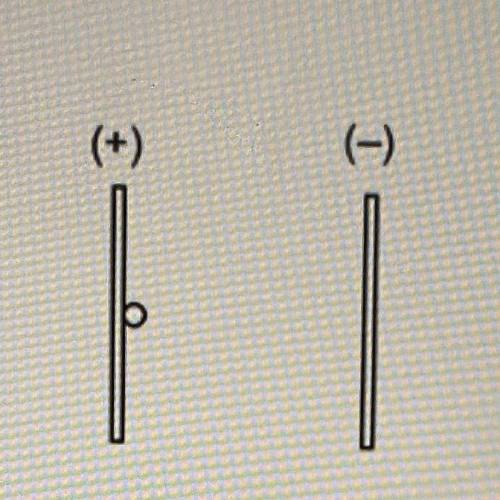
Physics, 06.05.2021 09:00 alyssagibson6057
A/n 1-g ball with a +0.9-C charge is moved from the negative plate to the positive plate, and then released. The potential difference between the plates is 13 V. When the ball strikes the negative plate its velocity is most nearly equal to _. Answer to the nearest m/s.


Answers: 2


Another question on Physics

Physics, 22.06.2019 03:10
Aphysical change is a change in the size, shape,, or stafe of matter true or false
Answers: 1

Physics, 22.06.2019 05:00
Which of the following is the result of the nuclear weak force? the instability of large nuclei the repelling force between positively charged protons the structure of the atom certain types of nuclear decay
Answers: 2

Physics, 22.06.2019 16:10
Amass weighing 24 pounds, attached to the end of a spring, stretches it 4 inches. initially, the mass is released from rest from a point 8 inches below the equilibrium position. find the equation of motion. (use g = 32 ft/s2 for the acceleration due to gravity.)
Answers: 1

Physics, 22.06.2019 19:00
If state law mandates that elevators cannot accelerate more than 2.40 m/s2 or travel faster than 14.8 m/s , what is the minimum time in which an elevator can travel the 373 m from the ground floor to the observatory floor? ?
Answers: 1
You know the right answer?
A/n 1-g ball with a +0.9-C charge is moved from the negative plate to the positive plate, and then r...
Questions

Mathematics, 31.08.2019 21:20


Biology, 31.08.2019 21:20




History, 31.08.2019 21:20

Biology, 31.08.2019 21:20

Mathematics, 31.08.2019 21:20


English, 31.08.2019 21:20

Biology, 31.08.2019 21:20


World Languages, 31.08.2019 21:20

Physics, 31.08.2019 21:20

Biology, 31.08.2019 21:20


Mathematics, 31.08.2019 21:20




